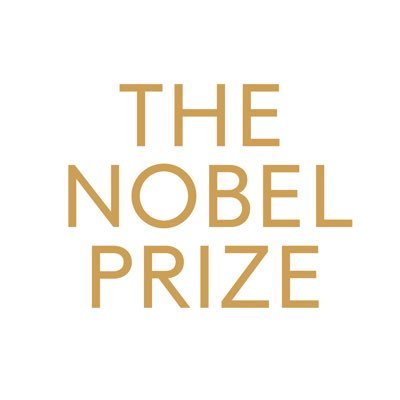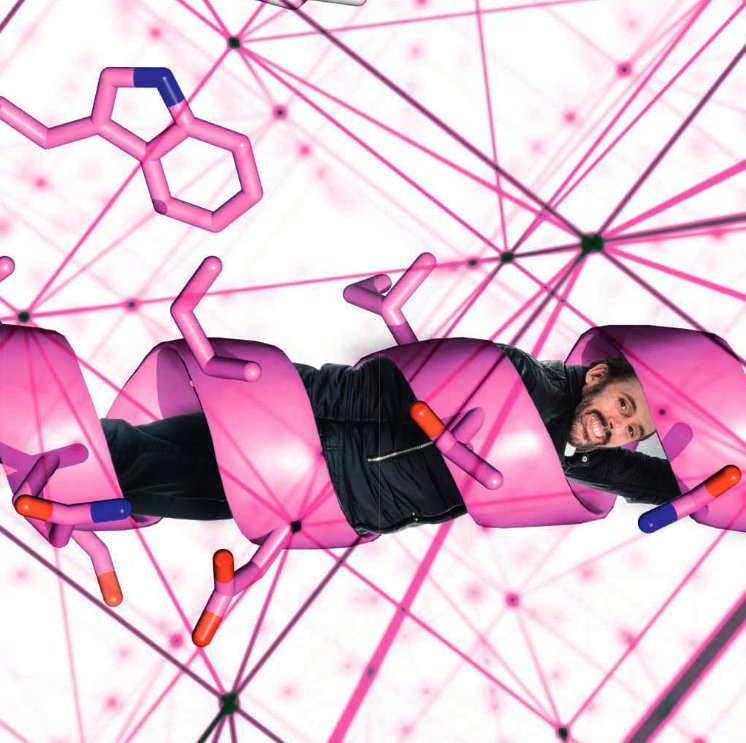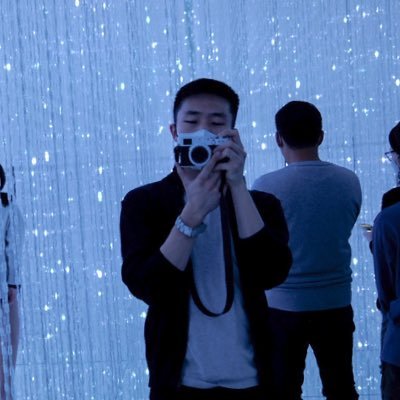
Joseph Watson
@_JosephWatson
Followers
3K
Following
172
Media
16
Statuses
129
Co-Founder @ Xaira Therapeutics Former Baker Lab PostDoc at @UWproteindesign. Interested in generative modelling for molecular design. Views my own.
Joined September 2020
I’m excited to share our significantly-updated preprint on de novo antibody design, where we now demonstrate the structurally accurate design of scFvs (in addition to VHHs) with RFdiffusion! https://t.co/WdYKu0s1Uc
6
67
304
Finally, for the past year or so, some of us have been working to build the next generation of these tools at Xaira Therapeutics (@Xaira_Thera), with the aim of fully realising the promise of therapeutics design. If you’re interested in being a part of it, do get in touch!
0
1
4
In particular, thank you to the other lead authors, @naterbennett0, @RobertRagotte, @AndrewJBorst, @dejsee, Connor Weidle, @wanderingriti and Yutong Yu! And thanks as always to David Baker for the leadership and for creating such a vibrant and exciting scientific environment!
1
1
5
Altogether, we believe this work is a major step towards routine therapeutic antibody design. This was an amazing collaboration with so many passionate and bright scientists at @UWproteindesign and beyond. Thanks to all the authors!
1
1
3
The second is a challenging peptide-MHC complex with clinical relevance. We demonstrate that RFdiffusion can design scFvs that bind. What’s more, mutating a single amino acid on the target peptide totally abolished binding, highlighting the specificity possible with RFdiffusion.
1
1
2
The first has no known VHH or antibody binder to it in the training set. Two structures (one high resolution) demonstrate structural accuracy of the designs.
1
1
1
For many clinical applications, two-Fv antibodies are preferred (as these are the human antibody format). We therefore combined our structure-based design method and novel experimental techniques to design scFv binders to two targets.
1
1
1
A year ago, we posted a preprint demonstrating that a fine-tuned RFdiffusion network could design de novo VHHs (nanobodies). We’ve extended that work, and demonstrate the structurally accurate design of a VHH to an epitope without such a binder in the PDB (i.e., the training set)
1
1
3
We are also releasing inference code for the whole pipeline, free and fully open source! https://t.co/AMn4vaya9W
github.com
Contribute to RosettaCommons/RFantibody development by creating an account on GitHub.
3
3
14
This is work performed at @UWproteindesign in collaboration with a plethora of amazing scientists!
1
1
1
All the big things happening to all the best Davids! Congratulations David 😍
⚛️ I got a new job ⚛️ After 5 wonderful years at @UWproteindesign and @UWMolES, I’m headed to Palo Alto for a postdoc at @StanfordUChem under Todd Martinez. SUPER excited to dive into deep learning for quantum chemistry and explore the Bay Area!!
0
0
10
Congratulations to all - incredibly deserved! It was a total and constant honour working with David. His passion for protein design and its applications, as well as his uncanny attention to detail continue to inspire me. And nothing we do today would be possible without AlphaFold
BREAKING NEWS The Royal Swedish Academy of Sciences has decided to award the 2024 #NobelPrize in Chemistry with one half to David Baker “for computational protein design” and the other half jointly to Demis Hassabis and John M. Jumper “for protein structure prediction.”
1
5
83
Very exciting to see this work out! It still feels quite amazing that you can take three functional bits of protein and bring them all together with novel scaffolds, all while retaining their native function. Congratulations to @karla_mcastro for leading this super cool project!
protein design is getting weird ... and increasingly functional ! These are very weird designs ! https://t.co/7T0Rv90nr0 fun collaboration with @karla_mcastro @_JosephWatson @jueseph @UWproteindesign
0
2
46
A great day for science! Congratulations to the teams at @GoogleDeepMind @IsomorphicLabs!!
Announcing AlphaFold 3: our state-of-the-art AI model for predicting the structure and interactions of all life’s molecules. 🧬 Here’s how we built it with @IsomorphicLabs and what it means for biology. 🧵 https://t.co/K7uxMxdNr8
1
3
44
I am pleased to share that I have accepted a position @Stanford to start as an assistant professor in the department of statistics, with an affiliation in @StanfordData, this fall!
81
28
886
We're extremely grateful and excited to have the backing to try and realise this vision! I'm very excited to work with our growing team of amazing people in the UK and US. Read more about the project here: https://t.co/qnMesCHBgA
endpoints.news
A star-studded mix of venture capitalists and scientists, backed by more than a billion dollars, is launching an ambitious biotech that aims to reinvent drug R&D using artificial intelligence, the ...
1
0
18
I'm excited to announce that I'm part of the team at Xaira Therapeutics! This project has been some time in the making. I'm convinced that generative modelling, and ML for biology more generally, will play a pivotal role in the next generation of therapeutics. 1/2
5
6
167
@CalSleeper really love travelling on your sleeper trains! Why not allow for booking 1 berth in cabins whilst keeping the option to book the full cabin? Would increase the number of people who could travel by train instead of flying! Feels quite a waste of berths atm 🤷♂️
3
1
3
Our review on diffusion models for protein structures and docking is out @HannesStaerk @GabriCorso Bowen Jing @BarzilayRegina Tommi Jaakkola. This summarize the advancements up to 2023. There have been lots of exciting new works since! https://t.co/HNV0Ud9CEW
wires.onlinelibrary.wiley.com
Applications in structural biology where diffusion models are state-of-the-art. We illustrate diffusion processes comprised of a forward (noising) and reverse (sampling) direction. The diffusion...
1
76
294








